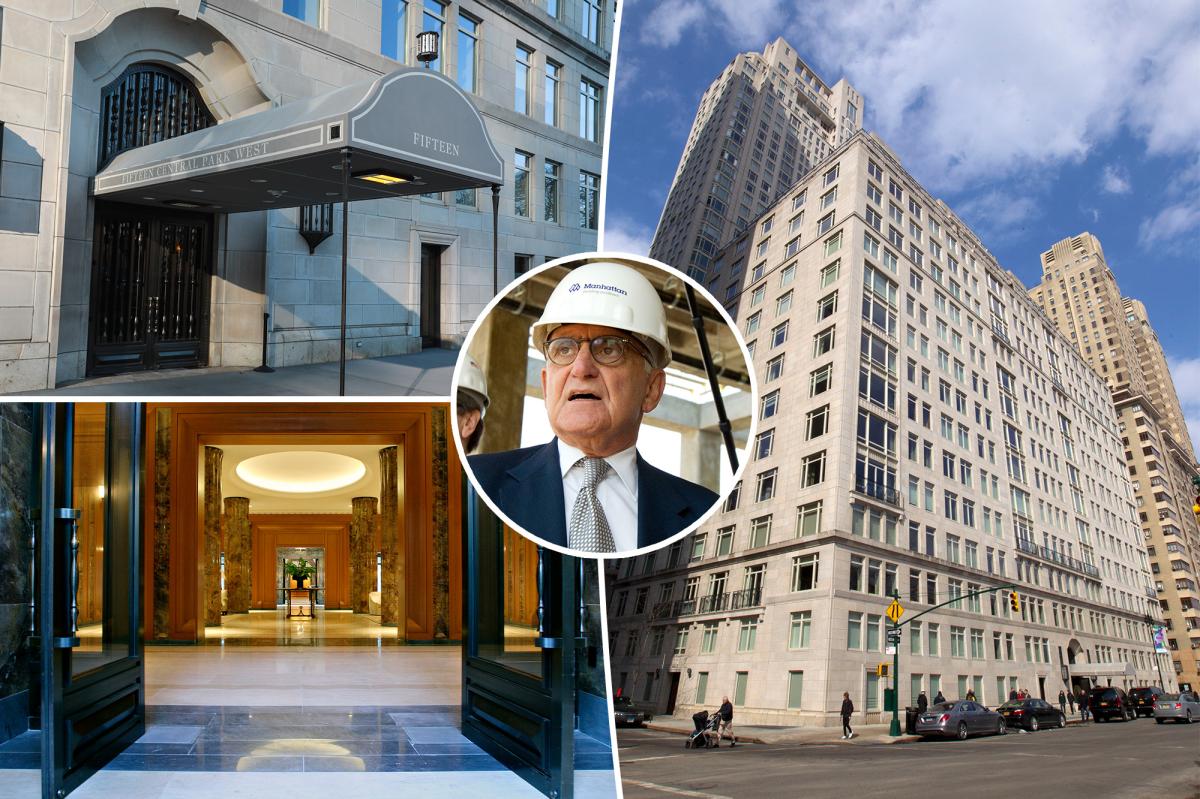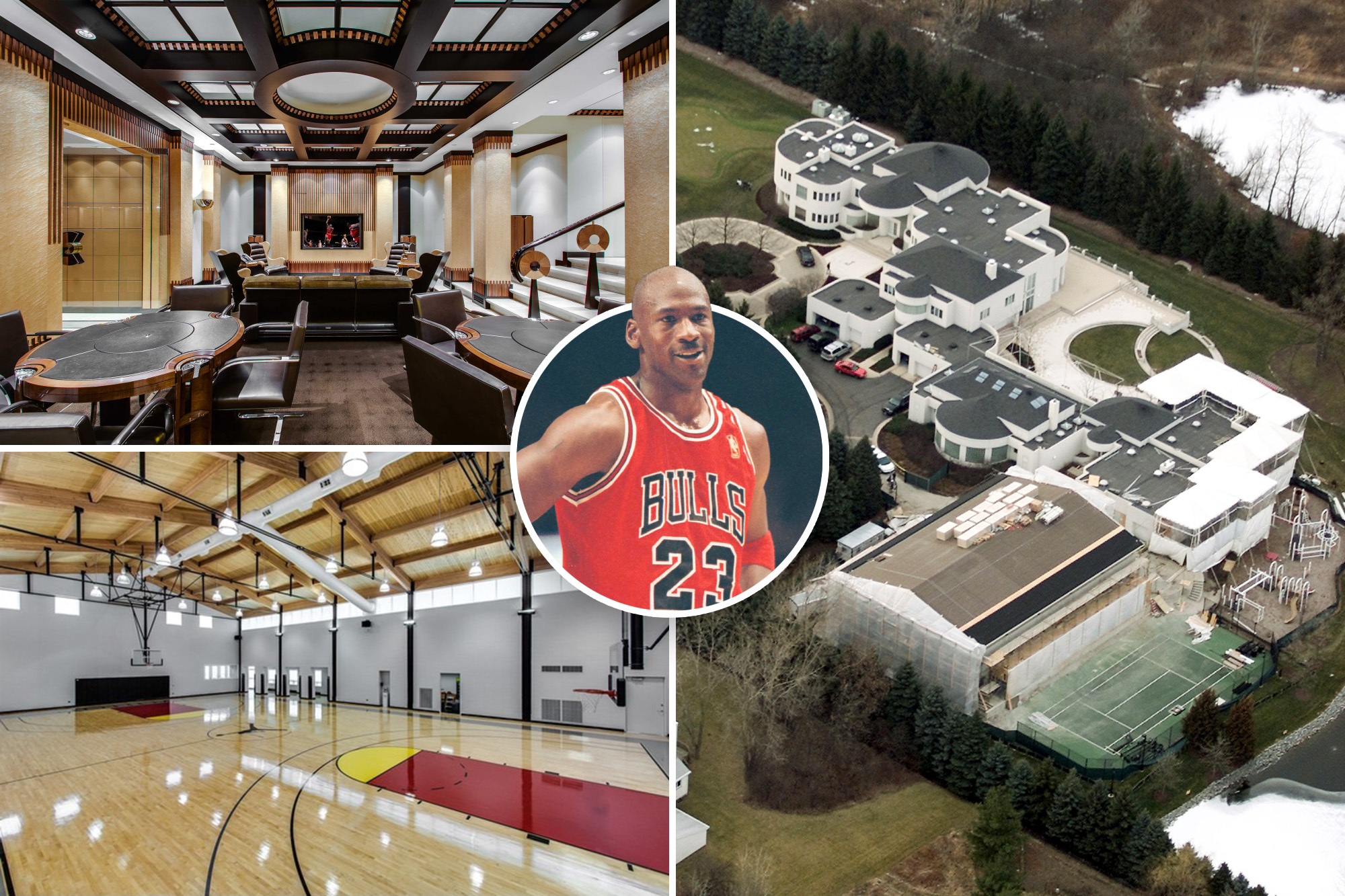T
he count of individuals with net worths exceeding $30 million is accelerating, creating a new wave of ultra‑rich residents who are reshaping global real‑estate landscapes. As this cohort expands, distinct patterns emerge: the wealthiest are clustering in a handful of cities that offer a blend of financial clout, cultural prestige, and worldwide connectivity.
New York, Los Angeles, and Hong Kong remain the most coveted addresses for billionaires. These metropolises combine deep capital markets, vibrant arts scenes, and unparalleled international links, keeping them at the top of the list. Even as their markets evolve, they continue to draw high‑net‑worth buyers who value the stability and opportunity these hubs provide.
At the same time, fresh destinations are gaining traction. Miami, Dubai, Lisbon, and various Mediterranean coastal towns are becoming the new playgrounds for the ultra‑wealthy. These locales appeal because they offer tax incentives, lifestyle allure, and long‑term investment potential. For instance, Miami’s lack of state income tax, combined with a thriving cultural scene and prime waterfront, makes it a prime choice for both primary and secondary homes. Dubai’s zero personal income tax and low corporate tax, along with a high‑end lifestyle, attract those seeking fiscal efficiency. Lisbon’s generous foreign‑income exemptions for up to a decade provide a cost‑saving haven for investors.
Several factors drive these shifts. Tax policy—whether through favorable legislation or strategic planning—helps the ultra‑rich minimize their overall burden. Residency programs and political stability further ease relocation. Lifestyle considerations, such as warm climates, world‑class golf courses, luxury shopping, and vibrant cultural offerings, also play a pivotal role. Moreover, high‑end real estate is viewed as a hedge against economic uncertainty; even during downturns, luxury properties tend to retain value, offering a reliable investment and protection against inflation.
Emerging trends are reshaping where the wealthy choose to live. Remote work has liberated many from the need to be near a traditional office, allowing them to purchase homes wherever reliable internet is available. Private jets grant the freedom to own properties in multiple locations, while corporate mobility programs—where companies relocate employees for short or long‑term assignments—also influence settlement patterns. These dynamics mean that cities like Austin, Aspen, and Naples are becoming attractive to the ultra‑wealthy, thanks to lifestyle appeal, tech growth, and the flexibility of remote work.
Regional shifts are evident as well. In Asia, the ultra‑wealthy population is projected to grow most rapidly through 2030, buoyed by the expanding Indian economy. Conversely, the Middle East is expected to see the weakest growth over the same period, partly due to regional conflicts that have slowed expansion. These changes highlight a clear realignment of global wealth centers.
The influx of high‑net‑worth buyers into new hotspots drives up property values in prime neighborhoods. While the ultra‑rich can absorb higher costs, the resulting price escalation can render these areas inaccessible to other buyers, accelerating gentrification and displacing long‑time residents. Rising property values also increase tax burdens, which can strain homeowners on fixed incomes, potentially leading to delinquencies or foreclosures. On the upside, developers and brokers who tailor offerings to the expectations of the ultra‑rich can tap into a lucrative and growing market segment.
Ultimately, the movements of the ultra‑wealthy serve as bellwethers for future real‑estate trends. Their choices—shaped by economic opportunity, cultural appeal, and lifestyle preferences—signal where wealth and influence are headed next. By observing these patterns, investors, developers, and policymakers can anticipate emerging markets and adapt to the evolving demands of the world’s richest homeowners.














